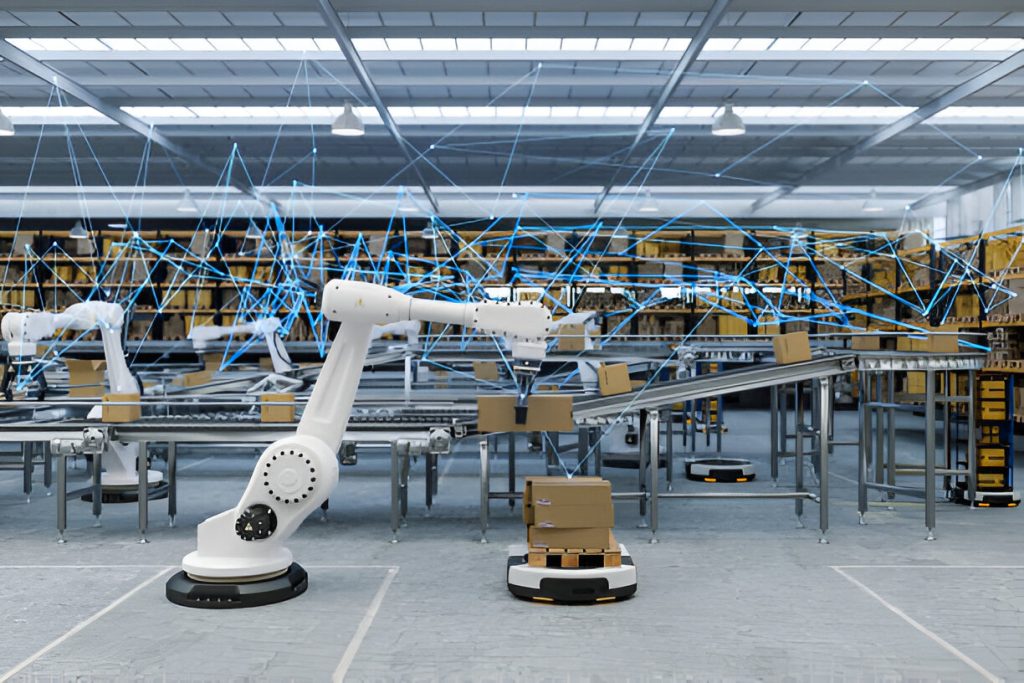The Power of Component Lifecycle Management in 2025

Imagine a world humming with interconnectedness. Not just people, but devices, systems, and software woven together like the threads of a vibrant tapestry. In 2025, this interconnectedness has reached a crescendo, a symphony of software components constantly evolving and adapting. But within this intricate harmony lies a potential for chaos: outdated libraries, security vulnerabilities lurking in forgotten repositories, and a landscape overwhelmed by technical debt.
Fear not, for amidst this complexity emerges a powerful ally: Component Lifecycle Management (CLM). No longer a niche concern, CLM in 2025 has become the bedrock upon which secure, reliable, and innovative software is built. Think of it as the conductor of our symphony, ensuring each instrument plays in tune, eliminating discordant notes, and ultimately creating a masterpiece of digital functionality.
This article delves into the transformative power of CLM in this hyper-connected future. We’ll explore its evolution, examine its critical role in mitigating risk, accelerating development, and enabling the next generation of software innovation. Prepare to discover how mastering the lifecycle of your software components is no longer an option, but an essential strategy for navigating the ever-evolving digital landscape of 2025.
Table of Contents
- Unlocking Agility and Innovation: Component Lifecycle Strategies for 2025
- Future Proofing Development: Navigating Component Risks and Rewards
- Q&A
- The Conclusion

Unlocking Agility and Innovation: Component Lifecycle Strategies for 2025
Future Proofing Development: Navigating Component Risks and Rewards
Imagine development in 2025: a landscape overflowing with readily available components, each promising to accelerate project timelines and reduce costs. Yet, this abundance comes with its own set of challenges. Successfully navigating this complex ecosystem requires a keen understanding of the risks and rewards associated with relying on external components. We must ask ourselves: Are these components truly secure? How will they be maintained over the long term? And what happens when dependencies unexpectedly shift? The answers to these questions are crucial for building robust, future-proof applications.
The path forward hinges on proactive component lifecycle management. This involves establishing clear processes for evaluating component quality, monitoring vulnerabilities, and managing dependencies. Failure to do so can lead to:
- Increased Security Risks: Exploitable vulnerabilities hidden within seemingly harmless components.
- Dependency Hell: Conflicts between components that can cripple development efforts.
- Technical Debt Accumulation: Relying on outdated or unsupported components.
Conversely, embracing component lifecycle management unlocks a plethora of benefits:
| Benefit | Description |
|---|---|
| Reduced Development Time | Leverage pre-built components instead of building from scratch. |
| Improved Code Quality | Utilize well-tested and validated components. |
| Enhanced Security | Proactively identify and address vulnerabilities. |
Q&A
: A Q&A
Welcome to the Future! We’re diving into the surprisingly exciting world of Component Lifecycle Management (CLM) and how it’s evolving into a critical cornerstone for businesses by 2025. Let’s get some expert insights!
Q: CLM. It sounds… technical. For those who hear “Component Lifecycle Management” and think “what now?”, can you break it down without the jargon?
Elena (Tech Futurist): Think of CLM as the conscientious caregiver for all the building blocks that make up your software, devices, even your supply chain. It’s about knowing where they came from, how healthy they are, how long they’re expected to live, and what happens when they reach their “end of life.” Just like you wouldn’t build a house with termite-ridden lumber, CLM helps ensure you’re building robust and reliable systems with trustworthy components. In 2025, it’s moved beyond just software libraries; it’s about tracking APIs, data sources, even physical IoT sensors.
Q: It sounds important, but why is 2025 the magic year? What’s changed?
Devon (Security Strategist): Two words: Complexity and Consequences. Our reliance on interconnected systems has exploded. A vulnerability in a single component, tucked away in a forgotten corner, can cripple entire industries. Think about the cascading effects of a compromised algorithm used in autonomous vehicles, or a data breach stemming from a vulnerable API embedded in a medical device. In 2025, the cost of inaction – be it a security incident, regulatory penalty, or reputational damage – is simply too high to ignore CLM. We’re also seeing AI-powered CLM tools that automate much of the tedious tracking and alerting, making it far more accessible.
Q: Okay, so avoid disaster. Got it. But are there any positive benefits beyond simply preventing bad things from happening?
Isabella (Innovation Architect): Absolutely! CLM isn’t just about risk mitigation; it’s a catalyst for innovation. By understanding the lifecycle of your components, you can identify reusable assets, accelerate development cycles, and create more modular, adaptable systems. Imagine building a software platform where you can swap out components with updated versions, without needing to rewrite the entire code base. That’s the power of CLM. It allows you to build resilient and future-proof products that can quickly adapt to changing market demands. In essence, it unlocks agility and fosters faster, more efficient innovation.
Q: Let’s say our readers are convinced. What concrete steps can businesses take now to get ready for the CLM revolution of 2025?
Elena: Start small, but start now. Begin by inventorying your critical components and dependencies. Implement automated scanning tools to identify vulnerabilities and license issues. Foster a culture of awareness and responsibility around component management. Don’t treat it as a purely technical problem; it’s a business imperative. Invest in training and education so your teams understand the value – and the risks – associated with component usage. And finally, remember that CLM is a journey, not a destination. Continuously refine your processes and adapt to the evolving threat landscape.
Q: What’s the biggest misconception about CLM that you’d like to dispel?
Devon: That it’s just for developers. CLM needs to be a cross-functional effort, involving security teams, legal departments, and even procurement. It’s a shared responsibility to ensure the trustworthiness and integrity of the components that power our businesses. Breaking down those silos is crucial.
Isabella: I agree! And I’d add: Don’t think of CLM as a drain on resources. Think of it as an investment in long-term resilience, innovation, and competitive advantage. In 2025, CLM will be the difference between thriving and simply surviving.
Q: Final thought? A futuristic prediction, perhaps?
Elena: By 2025, CLM will be so deeply integrated into our development and operational workflows that we barely even notice it. It will become an invisible force, quietly ensuring the reliability, security, and agility of the digital world around us. And that’s a future we can all look forward to.
The Conclusion
So, there you have it. Looking ahead to 2025, the ability to effectively manage the lifecycle of your software components isn’t just a ‘nice-to-have’, it’s the oxygen your projects breathe. Fail to adapt, and you risk suffocating under a mountain of technical debt, security vulnerabilities, and missed market opportunities. Embrace the new landscape, cultivate a culture of proactive component management, and you’ll be poised not just to survive, but to thrive in the rapidly evolving world of software development. The future is component-ized. Will you be ready?

